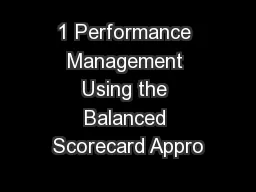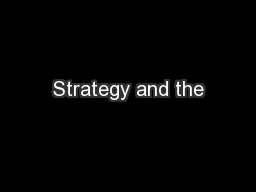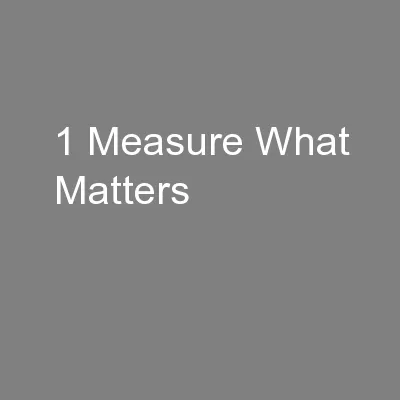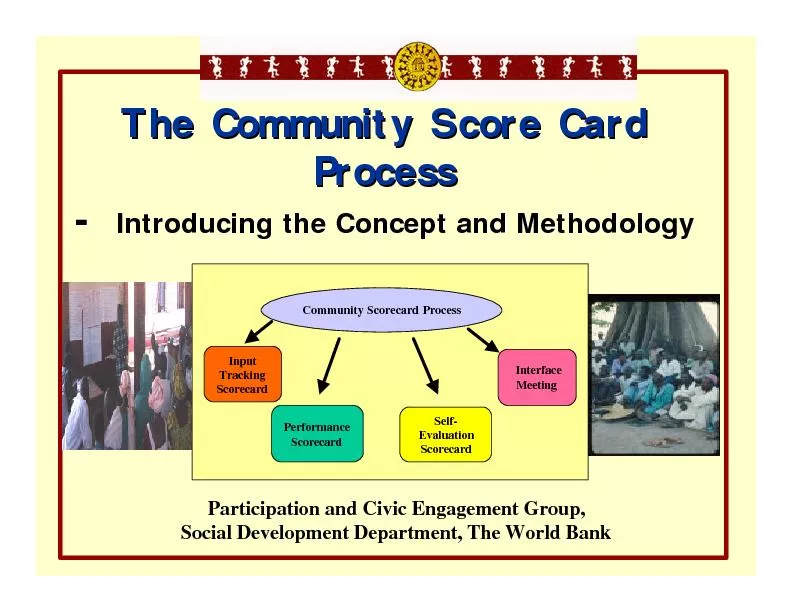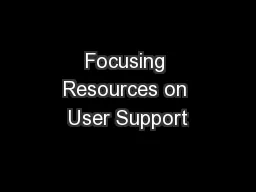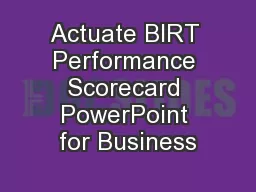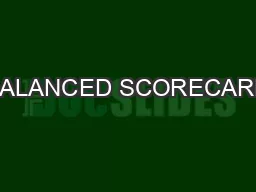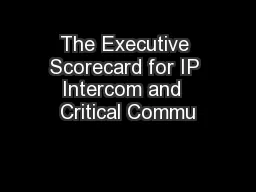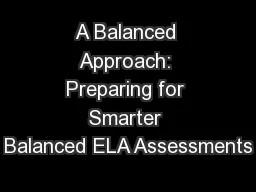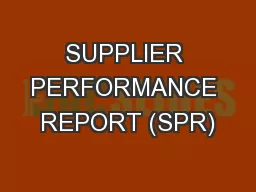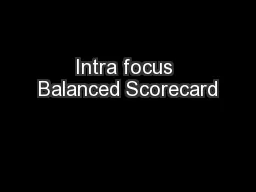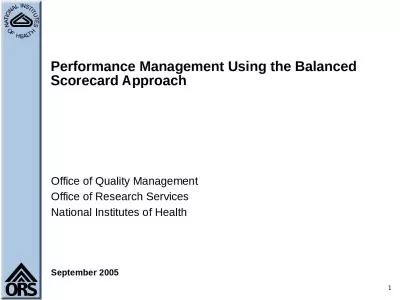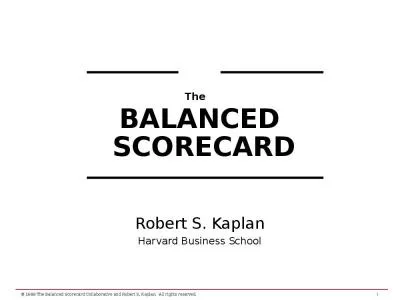PPT-1 Performance Management Using the Balanced Scorecard Appro
Author : stefany-barnette | Published Date : 2015-10-23
Office of Quality Management Office of Research Services National Institutes of Health September 2005 Additional information For more information on Performance
Presentation Embed Code
Download Presentation
Download Presentation The PPT/PDF document "1 Performance Management Using the Balan..." is the property of its rightful owner. Permission is granted to download and print the materials on this website for personal, non-commercial use only, and to display it on your personal computer provided you do not modify the materials and that you retain all copyright notices contained in the materials. By downloading content from our website, you accept the terms of this agreement.
1 Performance Management Using the Balanced Scorecard Appro: Transcript
Download Rules Of Document
"1 Performance Management Using the Balanced Scorecard Appro"The content belongs to its owner. You may download and print it for personal use, without modification, and keep all copyright notices. By downloading, you agree to these terms.
Related Documents

